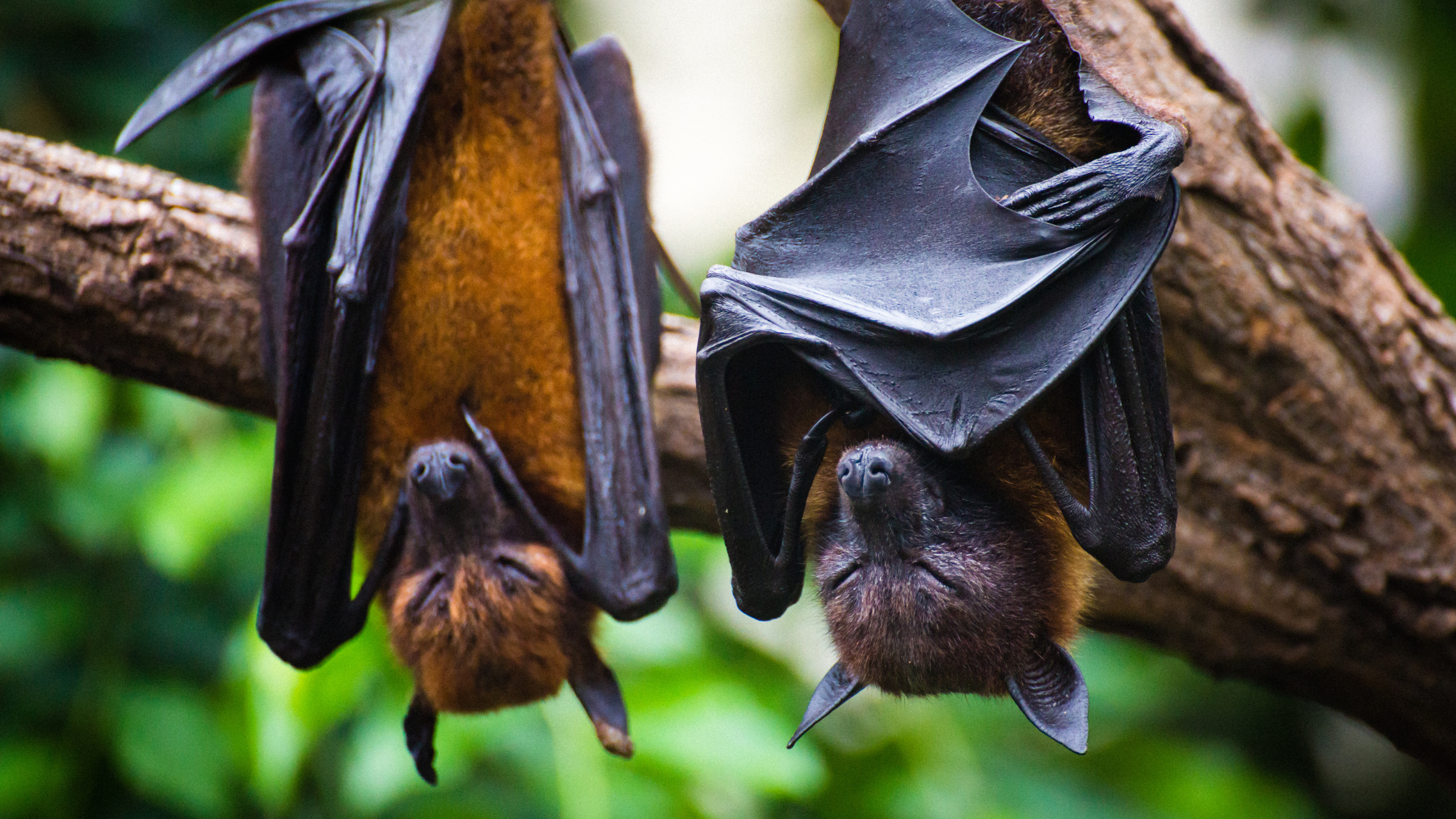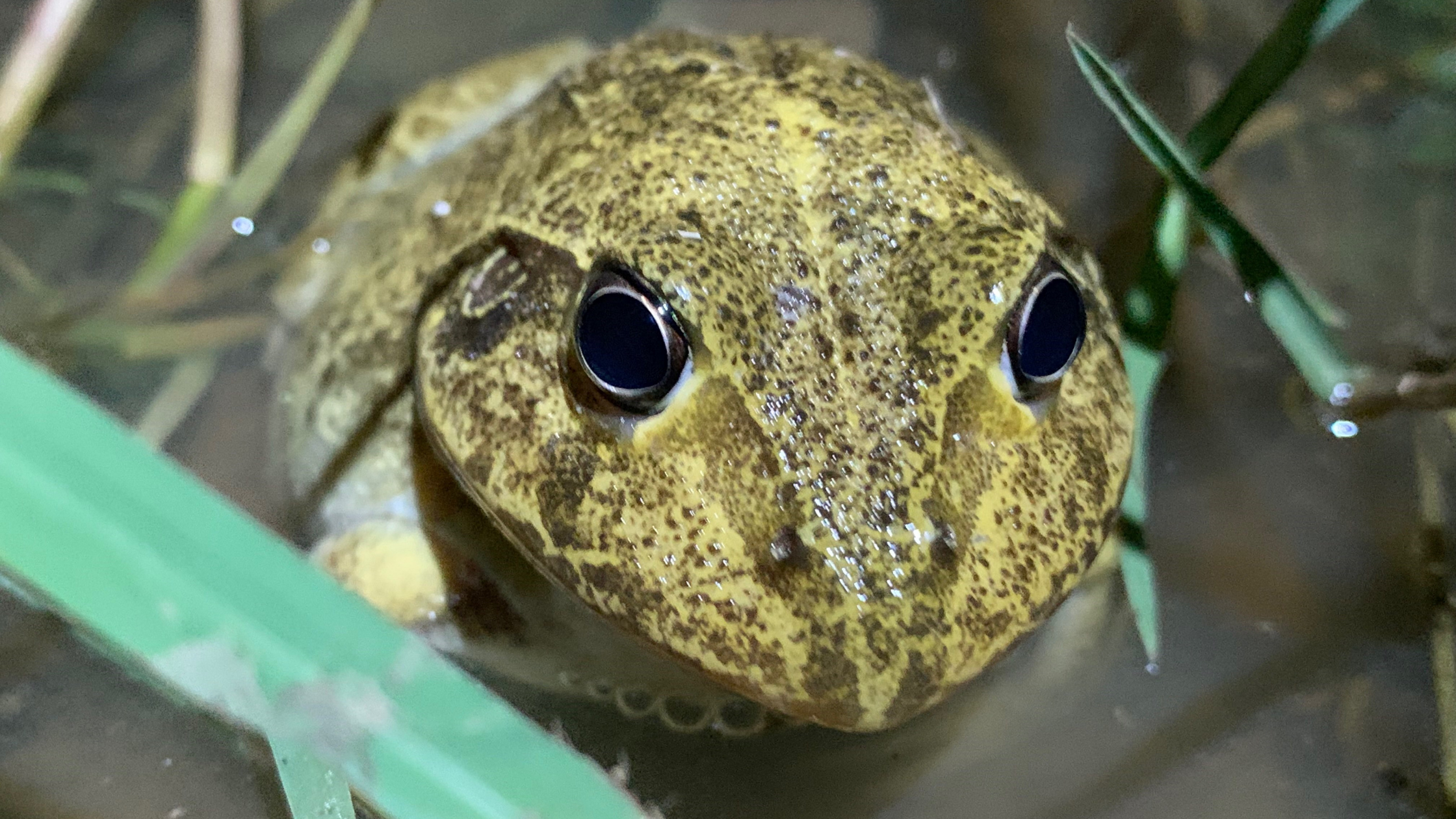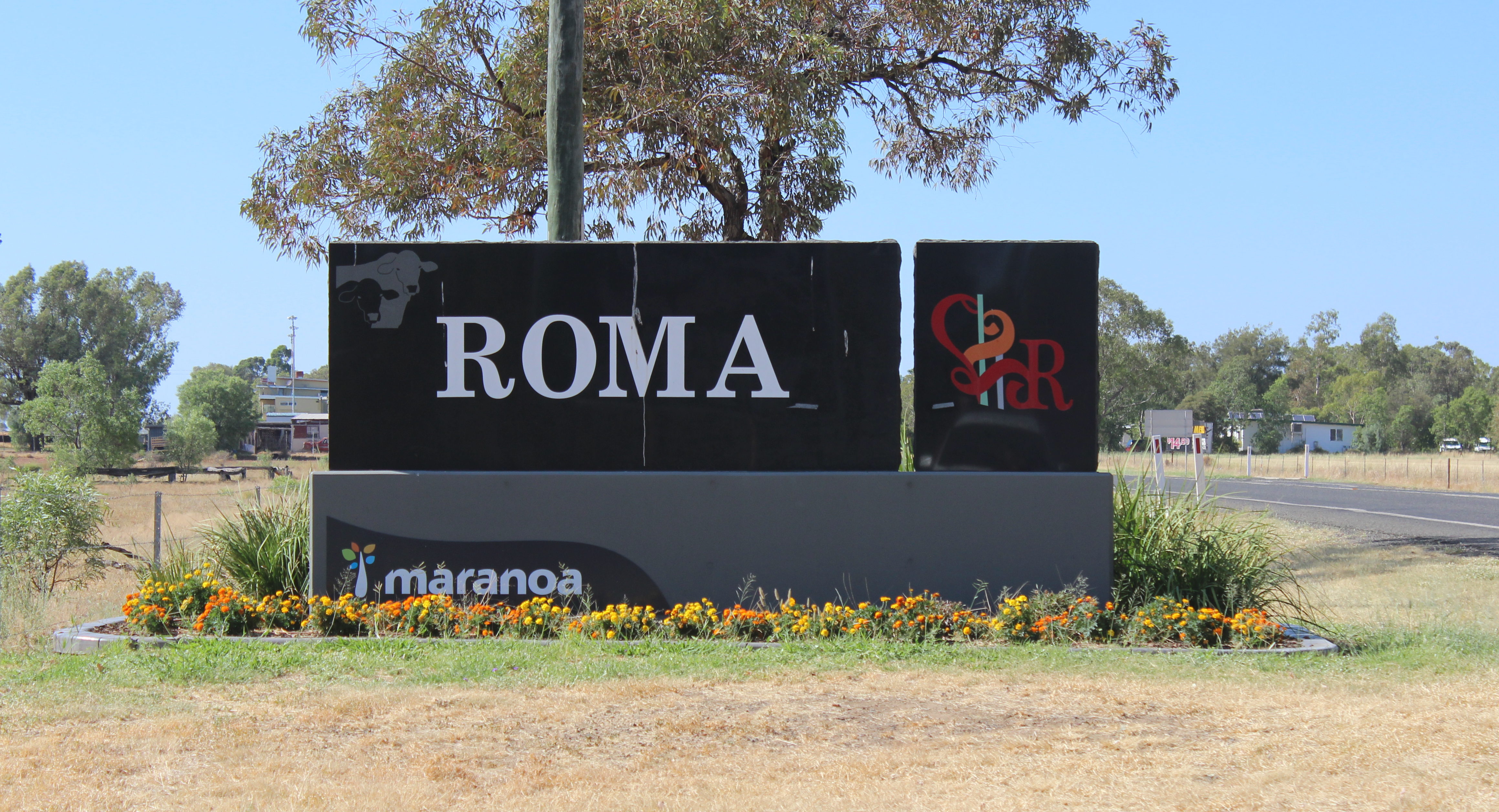Glow in the dark Scorpions
When the sun goes down in the Australian outback a completely new suite of animals come out of hiding. This includes Urodacus macrurus, a large (up to 10cm in length) species of scorpion that occurs throughout central Queensland. These scorpions avoid the harsh sun during the day bunkered down in their burrow. Instead, they prefer… Read more »












